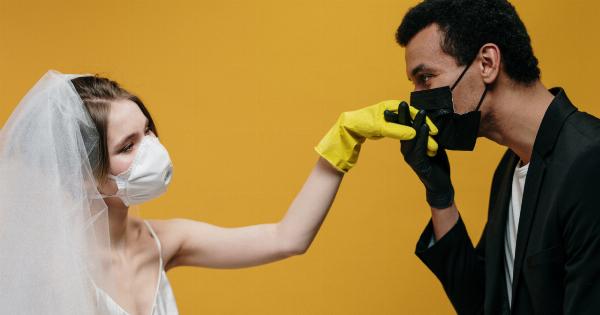Waxing is a popular hair removal method for both men and women. It is easy, relatively inexpensive, and long-lasting. However, when it comes to waxing the pubic area, many people have concerns about the potential health risks.
In this article, we will explore the topic of waxing down there and discuss whether it is a health risk or not.
What is Waxing?
Waxing is a hair removal method that involves applying hot or cold wax to the skin and then removing it with a strip of paper or fabric.
This method is considered more effective than shaving as it removes hair from the roots, preventing it from growing back for several weeks.
Why Do People Wax Down There?
Waxing down there has become increasingly popular over the years. Some of the reasons people choose to wax the pubic area include:.
- Aesthetics: Waxing makes the skin look smooth and hairless, which some people find attractive.
- Comfort: Waxing the pubic area can make wearing tight clothes and swimming suits more comfortable.
- Hygiene: Removing pubic hair can help prevent the buildup of sweat and bacteria, which can cause unpleasant odors and infections.
- Sexual reasons: Some people choose to wax their pubic area for sexual reasons, as it can enhance sensation and increase partner’s interest.
- Personal preference: Finally, some people simply prefer the feeling of being hairless down there.
What are the Health Risks of Waxing Down There?
While waxing down there is generally considered safe for most people, there are some health risks associated with it. These include:.
1. Skin irritation
Waxing can cause skin irritation, redness, and itching. This is because the waxing process removes not only hair but also the top layer of skin. This can make the skin more sensitive and prone to irritation.
2. Ingrown hairs
Ingrown hairs are a common problem with waxing. This happens when the hair grows back into the skin instead of out of it. Ingrown hairs can cause red bumps, inflammation, and pain.
3. Infections
Waxing can cause small breaks in the skin, which can become infected. Bacteria can enter the skin through these breaks and cause folliculitis, which is a bacterial infection of the hair follicles.
4. Burns
Wax that is too hot can burn the skin and cause blistering and scarring. It is important to test the temperature of the wax before applying it to the skin.
5. Allergic reactions
Some people may have allergic reactions to the ingredients in the wax or the aftercare products used. This can cause itching, redness, and swelling.
How Can You Reduce the Health Risks of Waxing Down There?
There are several things you can do to reduce the health risks associated with waxing down there:.
1. Choose a reputable salon or esthetician
Make sure the salon or esthetician you choose is reputable and follows proper hygiene and safety protocols. Look for reviews online and ask for recommendations from friends.
2. Prepare your skin beforehand
A few days before your appointment, exfoliate the skin in the pubic area to remove dead skin cells and prevent ingrown hairs. Avoid using scrubs or harsh exfoliants, as these can irritate the skin.
3. Don’t wax if you have certain medical conditions
If you have certain medical conditions, such as diabetes or a weakened immune system, waxing may not be safe for you. Consult with your doctor before getting waxed.
4. Use the right kind of wax
Make sure the wax used is appropriate for your skin type and sensitivity. Ask the esthetician which type of wax they will be using and do your own research to make sure it is safe for you.
5. Take care of your skin afterwards
Apply a soothing cream or lotion to the pubic area after waxing to reduce redness and inflammation. Avoid wearing tight clothes or underwear that can irritate the skin.
Conclusion
While waxing down there can be a safe and effective hair removal method, it does come with some health risks.
These risks can be minimized by choosing a reputable salon or esthetician, preparing your skin beforehand, and taking care of your skin afterwards. If you experience any discomfort or irritation after waxing, talk to your doctor or esthetician to find out how to treat it.






























